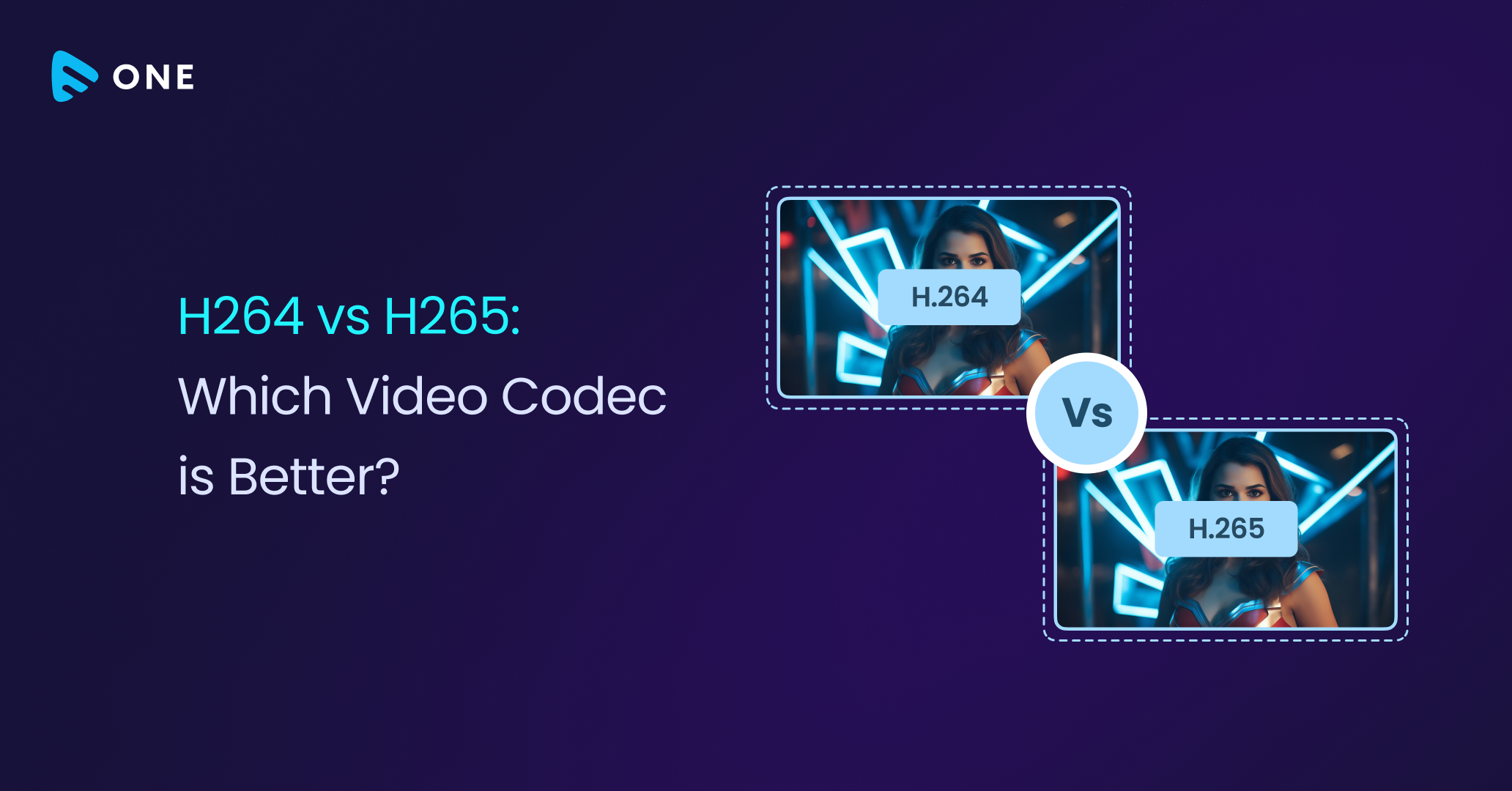Launching a streaming platform is no easy feat. From setting up the technology to designing user experiences, much of the focus often goes toward the tech side. Thanks to Muvi One’s ready-to-go, end-to-end OTT platform, the challenges related to streaming technology are completely covered.
However, one of the most challenging aspects usually lies beyond the tech: acquiring the right content. In a world where “content is king,” navigating the complex and sometimes overwhelming content licensing process is crucial for long-term streaming success.
This article explores the first layer of content licensing mechanics, focusing on the fundamental challenges that streaming platforms face when acquiring film and TV content. We won’t dive into different content strategies or audience engagement techniques just yet—our goal here is to provide a clear understanding of the process behind content licensing. By grasping these foundational elements, you’ll be better equipped to develop a strategy that works for your platform.
Content is King for Streamers
Once Muvi’s fully customizable, all-in-one OTT infrastructure gets your streaming service off the ground, you will need film and TV content. But without a solid content strategy, you risk losing audience engagement. Acquiring content isn’t just about filling a catalog—it’s about getting the right content for the right audience while managing costs.
Balancing content variety with budget constraints is often the toughest part for new and emerging streaming platforms. Content rights come in various models, from language and format to geography and exclusivity windows. Ensuring cultural relevance and catering to local preferences adds another layer of complexity.
Success in the content game requires an intelligent approach to licensing. Instead of going all-in on expensive, bulk licenses, OTT service providers need to think strategically, securing a balance between premium titles and niche content that resonates with their audience. The art of navigating rights, regions, and genres while keeping the budget in check is the actual test for any streaming platform.
Traditional Vs Digital Content Licensing: Same Same but Different
In the past i.e. the B.C. era—and by “B.C.,” we mean “Before COVID”, content licensing was a grueling process. Media buyers and sellers would meet physically at global content markets like MIPCom, the European Film Market, and many others, where deals involved months of negotiations, physical contracts, numerous intermediaries, and thousands of dollars just for meeting arrangements. Both sides were often stuck in three-year exclusive discounts, and the distributors reached limited content distribution.
The rise of digital content marketplaces was supposed to be the solution. The marketplaces promised to streamline this inefficient process, offering an online platform where buyers and sellers could negotiate deals faster and easier. However, as many in the industry have found, these online content marketplaces still face significant challenges.
While digital content marketplaces solve the content variety problem, buyers still have to negotiate deals with each seller separately. They also must jump through layers of approval, and the risks associated with high acquisition costs are still present. Content programmers often find themselves stuck with yearly or multi-year contracts for content that might not fit their audience.
On the other hand, distributors and production companies have also moved online. However, this does not solve the content variety problem, and content buyers still have to go to each of these individual sellers to build a comprehensive content library.
Allrites CaaS: A Modern Solution to Content Licensing Challenges
Imagine if acquiring film and TV content was much more accessible, done digitally, and without the high upfront costs and risks typically involved. Picture a platform like Netflix, but companies are looking to buy rights to films and TV series instead of viewers. These companies would subscribe to an annual plan with monthly payments, giving them access to hours of movies and series in the language and genre they need. Best of all, they’d be flexible in rotating their content selection over time, adjusting to their audience’s evolving preferences.
This is precisely where Allrites CaaS “Content-as-a-Service” comes in. Unlike traditional digital marketplaces, Allrites CaaS offers a subscription-based content licensing model that provides more flexibility and control for content buyers and sellers. Here’s how it solves the major pain points:
Flexibility in Content Mix: Streaming platforms no longer need to be locked into multi-year deals for specific content. With Allrites CaaS, you can access thousands of hours of content, choosing and changing the content mix based on viewer preferences without being tied down.
Cost-Efficiency: The traditional model of making a large, upfront payment to acquire content rights is no longer necessary. Platforms can now subscribe to a low monthly fee, giving them access to a vast library of content while controlling costs.
One-Stop Shop for All Licensing Needs: Platforms can access all genres, languages, and formats through a single platform, drastically reducing the time and complexity of licensing deals. With Allrites CaaS, VOD platforms and FAST channels can acquire content that best suits their audience without being tied down by traditional constraints.
Allrites CaaS is the next evolution in content licensing, building on the foundations of previous methods and models but solving the major pain points that content programmers have faced for years.
CaaS eliminates the traditional challenges of high upfront costs, long-term contracts, and limited content options by offering flexibility, cost-efficiency, and simplicity. As the industry continues to evolve, so does CaaS—innovating to meet the ever-changing needs of content buyers and sellers, ensuring that platforms can stay agile and competitive in a dynamic market.
About Allrites
Located in Singapore and operating globally, Allrites is a premier content marketplace for buying and selling film, TV, and sports rights. We provide a vast catalog of Film and TV content, from major studios to independent producers, available in any language and genre. Our innovative licensing models, including Allrites Content-as-a-Service, offer flexible and efficient solutions for content monetization and acquisition, accommodating the evolving needs of content buyers and sellers worldwide.
Haven’t built your streaming platform yet? Get started with Muvi One instantly!! Take our 14-day free trial. No credit card required!















Add your comment